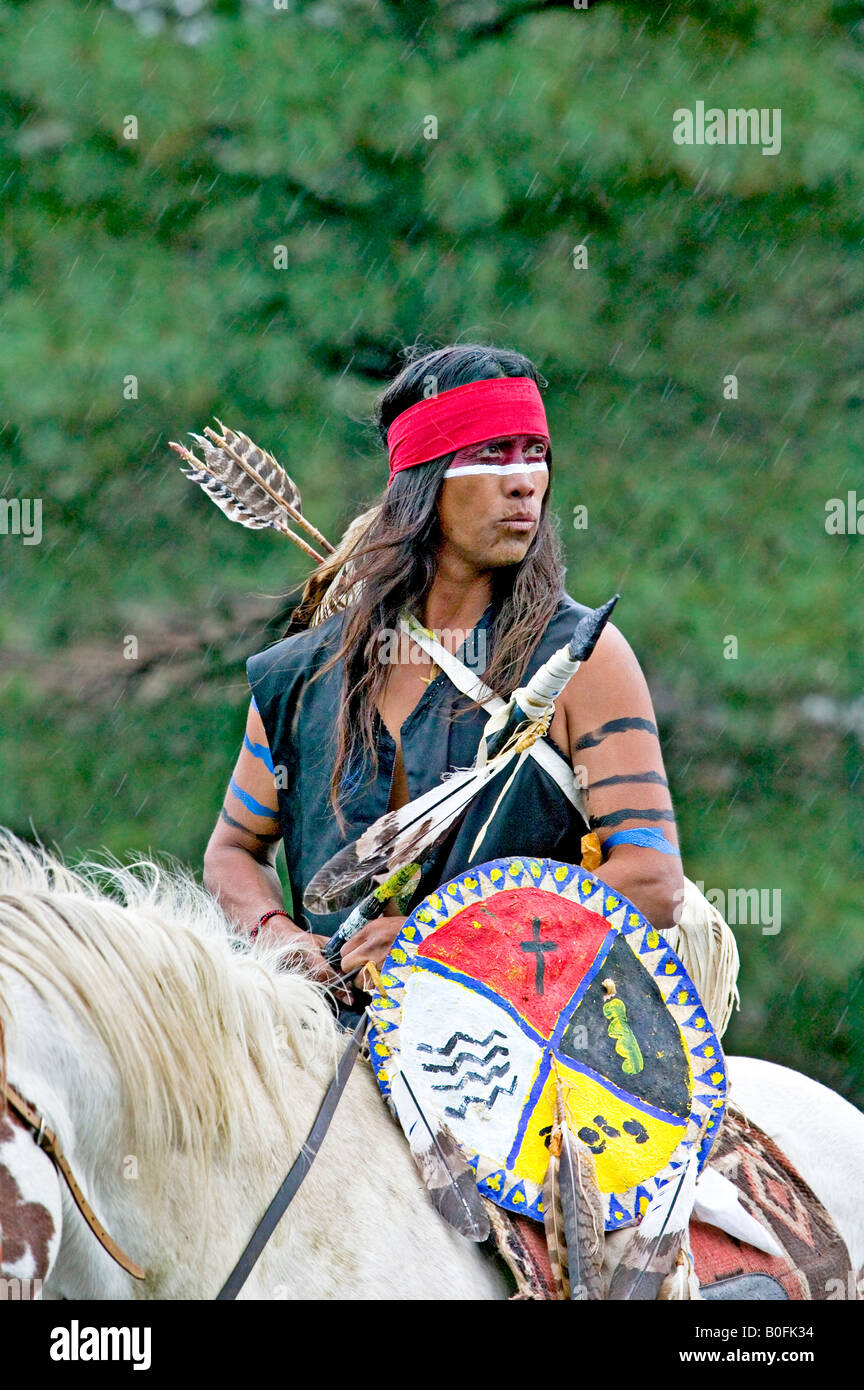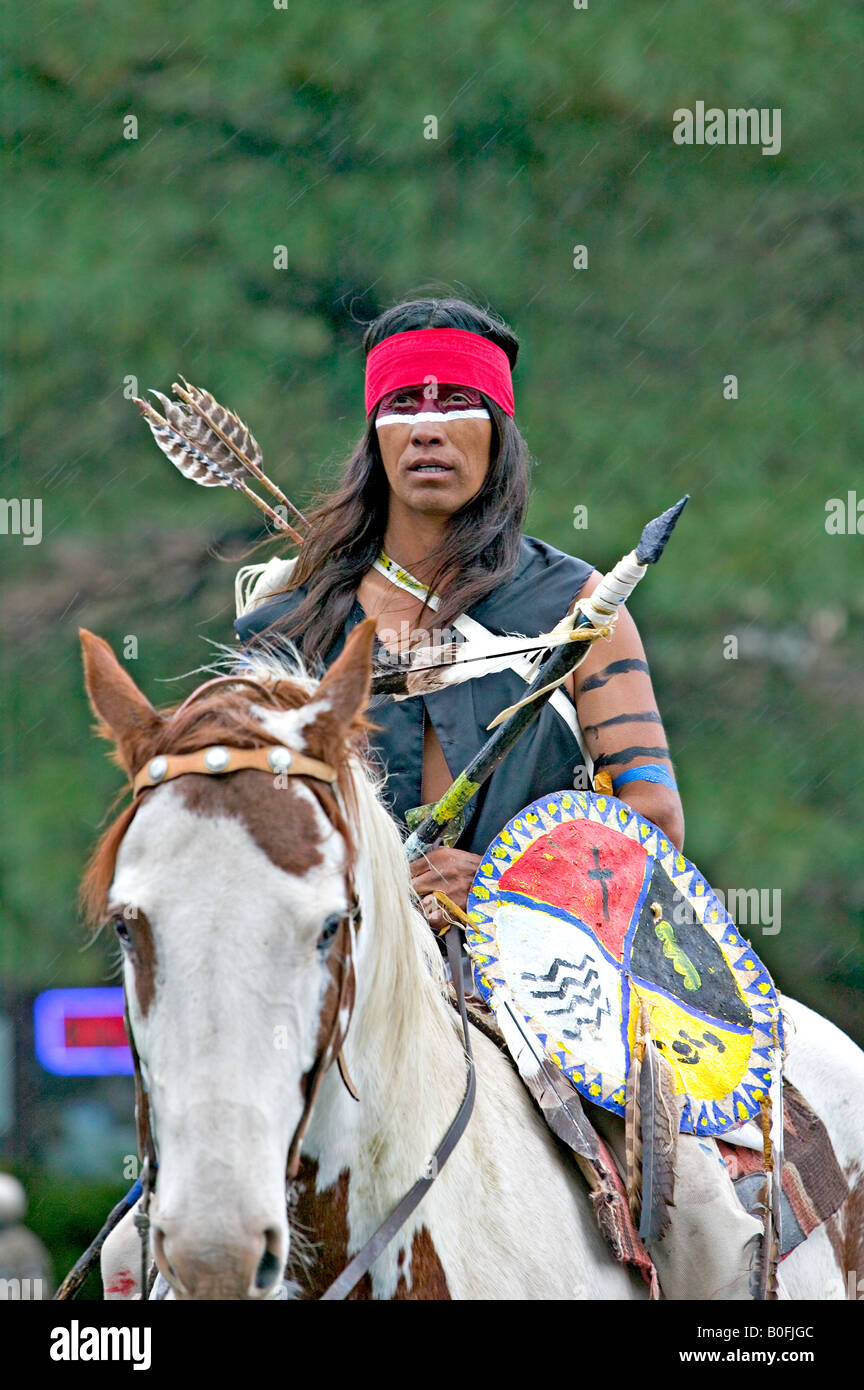
The Unyielding Spirit: Unpacking the Warrior Traditions of the Apache
For centuries, the name "Apache" has evoked images of formidable, elusive warriors, masters of the harsh Southwestern landscape, whose very existence was synonymous with a relentless struggle for freedom and survival. From the arid deserts of Arizona and New Mexico to the rugged mountains of Sonora and Chihuahua, these diverse Athabaskan-speaking peoples carved out a domain through skill, resilience, and an unyielding spirit that defied conquest. More than just a collection of fighting techniques, Apache warrior traditions were a complex tapestry woven from deep spiritual beliefs, rigorous training, profound knowledge of their environment, and an unwavering commitment to their kin and homeland.
To understand the Apache warrior is to first dispel the simplistic stereotype of the "savage." While their reputation for ferocity was well-earned, it was rooted in a pragmatic and deeply cultural ethos. The Apache warrior was, first and foremost, a protector, a provider, and a vital pillar of his community. Warfare, raiding, and defense were not acts of wanton aggression but essential strategies for survival in a land of scarce resources and constant external threats – first from rival Native American tribes, then from Spanish, Mexican, and finally American expansion. The very word "Apache" is believed to derive from the Zuni word "apachu," meaning "enemy," a testament to their long-standing prowess and perceived threat by outsiders.
Forged in the Crucible of the Land: Training and Development

The making of an Apache warrior began not with a specific age, but with birth into a culture that valued strength, endurance, self-reliance, and keen observation. From early childhood, boys were immersed in an informal but rigorous training regimen that prepared them for the demanding life ahead. Play was often a direct simulation of adult responsibilities: hunting games, mock raids, and tests of physical prowess. Children were taught to run for miles without tiring, to climb sheer rock faces, to track animals and humans with uncanny precision, and to move through the landscape with near-invisible stealth.
Endurance was paramount. Young boys would be sent on long runs carrying water in their mouths, forbidden to swallow until their return, a test of both physical stamina and mental discipline. They practiced throwing rocks with deadly accuracy, later transitioning to the bow and arrow, and eventually, the lance and rifle. They learned to withstand hunger, thirst, and pain without complaint, embodying the ideal of the stoic warrior. "A warrior is never out of breath," went an old saying, emphasizing the importance of sustained physical capability.
The transition from boy to warrior was often marked by a "first raid" – a highly significant rite of passage, typically under the guidance of an experienced warrior or war leader. This was not just about proving courage, but about learning the practicalities of a raid: reconnaissance, strategy, execution, and withdrawal. Success in such endeavors brought honor and recognition, solidifying the young man’s place within the warrior society. This communal learning, where knowledge and experience were passed down directly from generation to generation, ensured the continuity and evolution of their fighting traditions.
Masters of Stealth and Strategy: The Apache Way of War
What set Apache warriors apart was not superior numbers or advanced weaponry, but their unparalleled mastery of their environment and their ingenious tactical approaches. They were the ultimate practitioners of guerrilla warfare, a style that prioritized surprise, mobility, and intimate knowledge of the terrain over pitched battles.
- Stealth and Deception: Apache warriors were legendary for their ability to move unseen and unheard. They blended seamlessly with the landscape, using natural camouflage, moving silently over rough terrain, and employing deceptive tactics like back-tracking to confuse pursuers. Their raids were often launched at dawn, utilizing the element of surprise to maximum effect.
- Endurance and Speed: The Apache’s ability to cover vast distances on foot, often at a running pace, was legendary. They could traverse rugged mountains and parched deserts with minimal provisions, outmaneuvering heavily equipped military forces. This incredible mobility allowed them to strike and vanish before a response could be mounted.
- Ambush and Harassment: Rather than direct confrontation, the Apache preferred to lure enemies into ambushes in constricted passes, canyons, or dense thickets. They would strike swiftly and decisively, then disperse into the landscape, making pursuit difficult and dangerous. Their tactics aimed to wear down the enemy, deplete their resources, and demoralize them through constant harassment.
- Intelligence Gathering: Before any significant action, Apache scouts, often disguised or moving under the cover of darkness, would meticulously observe enemy movements, strength, and vulnerabilities. This intelligence was crucial for planning effective raids or defensive maneuvers.
- Adaptive Weaponry: While known for their traditional recurve bows (capable of piercing buffalo hides) and stone-tipped arrows (sometimes poisoned), the Apache were quick to adopt new technologies. They readily incorporated firearms, horses, and even military uniforms into their arsenal, adapting and integrating them into their existing fighting styles. Their lances, knives, and rawhide shields were also expertly crafted and utilized in close-quarters combat.

The Spiritual Dimension: Power and Purpose
Apache warrior traditions were deeply intertwined with their spiritual beliefs. The acquisition of "Diyí" or power – often through visions, dreams, or interactions with the natural world – was central to a warrior’s effectiveness and protection. This power could manifest in various forms: the ability to foresee danger, to heal, to find water, or to possess invulnerability in battle. Medicine men and spiritual leaders played a crucial role in guiding warriors, conducting ceremonies for protection before raids, and offering healing rituals afterward.
Animals, particularly the bear, eagle, and coyote, were often seen as sources of power and wisdom. A warrior might carry a medicine bundle containing items imbued with personal power, believing it would protect him and enhance his abilities. This spiritual connection provided not only a sense of purpose but also a profound psychological resilience, allowing warriors to face overwhelming odds with courage and conviction.
Iconic Figures and the Unyielding Resistance
The Apache warrior tradition found its most potent expression in the legendary leaders who defied overwhelming odds for decades. Figures like Cochise of the Chiricahua Apache, known for his strategic brilliance and dignified resistance; Mangas Coloradas (Red Sleeves), a towering and powerful Mimbres Apache chief who forged alliances between various bands; and the iconic Geronimo (Gołkoyé), a Chiricahua shaman and warrior who became a symbol of unyielding defiance against the encroaching American military, embody the very essence of Apache warriorhood.
Geronimo, in particular, became a legendary figure whose small band of warriors and their families evaded thousands of U.S. and Mexican soldiers for years, leveraging their unparalleled knowledge of the terrain and their formidable fighting skills. His relentless pursuit of vengeance for the murder of his family, combined with his spiritual power, cemented his image as the ultimate Apache warrior. His famous words, "I was made of stone. I saw and heard and felt nothing," spoken of his early days of vengeful raiding, capture the hardened resolve that defined many Apache warriors.
The Sunset of an Era and Enduring Legacy
By the late 19th century, the sheer numerical superiority and technological advancements of the American military, coupled with the decimation of their food sources and the relentless pursuit, eventually led to the forced surrender and relocation of the last free Apache bands. The era of the nomadic warrior, freely roaming their ancestral lands, came to an end. The forced relocation to reservations, often far from their homelands, marked a traumatic chapter, but it did not extinguish the Apache spirit.
Today, the warrior traditions of the Apache endure, albeit in transformed ways. They are preserved in oral histories, cultural practices, and a fierce pride in their heritage. The lessons of resilience, adaptability, self-reliance, and community protection, once taught on the harsh trails and battlefields, are now vital for navigating modern challenges. Apache nations like the Mescalero Apache Tribe, the San Carlos Apache Tribe, and the White Mountain Apache Tribe actively work to preserve their languages, ceremonies, and historical knowledge, ensuring that the legacy of their ancestors is never forgotten.
The Apache warrior was more than just a fighter; he was a living embodiment of survival, a master of his environment, a spiritual being connected to the land, and an unwavering guardian of his people. Their traditions speak not only of conflict but of an enduring human spirit that, even when faced with insurmountable odds, refused to yield, leaving an indelible mark on the history of the American West and a profound legacy of courage and cultural strength.


